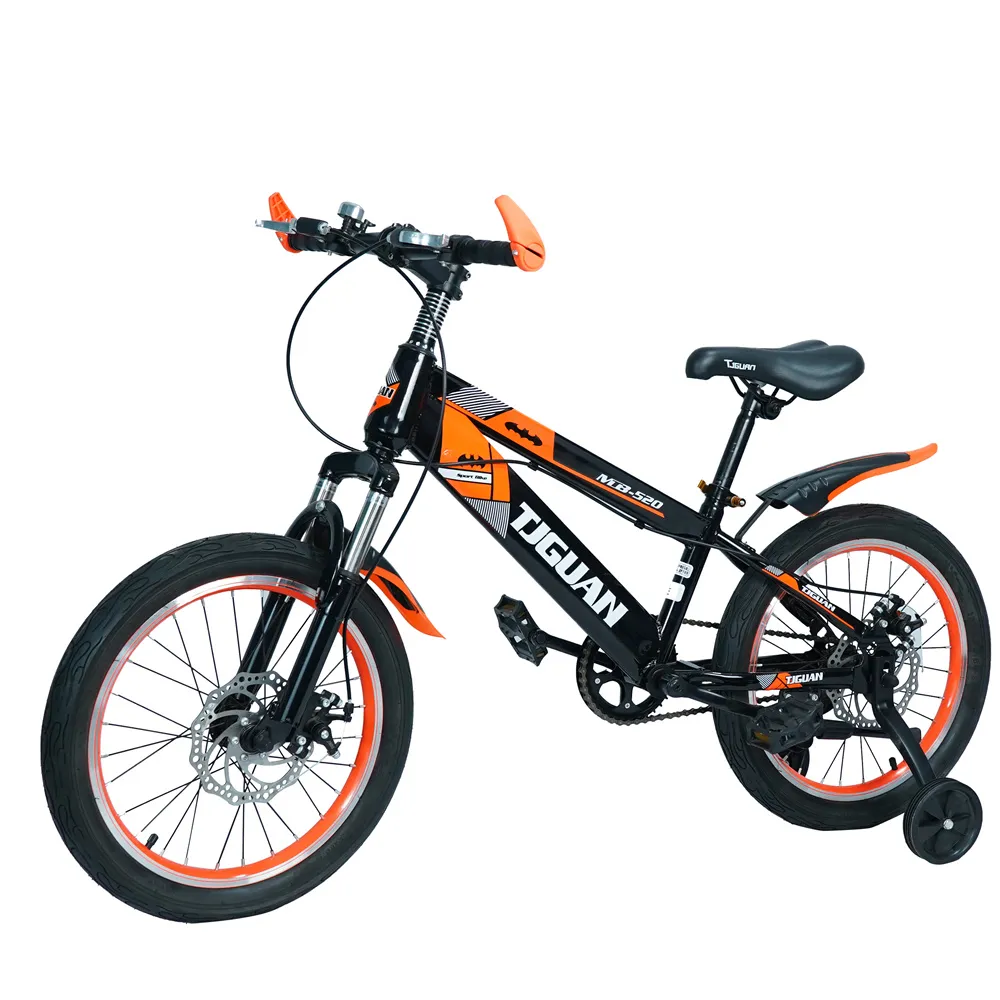Choosing the Perfect Balance Bike for Your Little One's First Cycling Adventures
The Joy of Balance Bikes for Little Kids
In an age where technology often dominates playtime, the simplicity and joy of a balance bike for little kids is a breath of fresh air. Balance bikes, which are essentially pedal-less bicycles, are designed to help young children develop crucial skills that will benefit them as they grow older. They provide a perfect introduction to the world of cycling, allowing kids to learn balance, coordination, and confidence, all while having fun.
Understanding Balance Bikes
A balance bike is typically made of lightweight materials, making it easy for young children to handle. The absence of pedals allows kids as young as two years old to focus entirely on balancing rather than pedaling. As they push off the ground with their feet, they can learn to steer and navigate effectively, which is essential for riding a traditional bike when they are ready. The seat height is adjustable, accommodating the growth spurts that come hand-in-hand with early childhood.
The Benefits of Riding a Balance Bike
1. Developing Balance and Coordination The primary purpose of a balance bike is to teach children how to balance. Unlike training wheels on regular bikes, which can give a false sense of security, balance bikes encourage kids to find their center of gravity and develop coordination naturally. As they glide along, they learn to lean into turns and adjust their body position, which is fundamental for cycling.
2. Boosting Confidence Successfully riding a balance bike can significantly boost a child’s self-esteem and confidence. When children master the art of balancing and starting to ride without assistance, they experience a sense of accomplishment that motivates them to take on new challenges. This confidence carries over into other aspects of their lives, encouraging them to try new activities and push their boundaries.
little kid balance bike

3. Promoting Physical Activity In a world filled with screens and sedentary lifestyles, balance bikes offer an engaging way for children to be active. Riding not only builds muscle strength and improves cardiovascular health but also encourages outdoor play. It allows kids to explore their surroundings, enhancing their connection to nature and promoting a healthier lifestyle from a young age.
4. Encouraging Social Interaction Riding a balance bike can be a communal activity, allowing children to ride with friends or siblings. This social aspect fosters teamwork, sharing, and communication skills. Playdates at parks equipped with safe riding spaces provide ample opportunities for kids to interact, learn from each other, and create lasting memories.
Choosing the Right Balance Bike
When selecting a balance bike for your little one, there are several factors to consider. First, ensure the bike fits your child; they should be able to place their feet flat on the ground while sitting on the saddle. Look for a lightweight model to make it easier for them to maneuver. Materials such as aluminum or durable plastics can often provide the right balance of sturdiness and lightness. Finally, consider additional features such as adjustable seats and handlebars to accommodate your child as they grow.
Conclusion
Balance bikes are not just toys; they are the first step in a child's journey towards independent cycling. They offer a unique blend of fun, skill development, and physical activity, contributing positively to a child’s growth. By nurturing the ability to balance and control their movements, children become equipped to transition to traditional bicycles with ease and confidence. In essence, balance bikes do more than teach kids how to ride; they empower them to thrive in their exploration of the world. As your little one glides safely through the neighborhood on their balance bike, you will witness the joy of freedom and adventure that comes with mastering a beloved childhood skill.
-
The Perfect Baby TricycleNewsAug.11,2025
-
Ride into Fun with Bikes for KidsNewsAug.11,2025
-
Ride into Adventure with the Perfect Kids Balance BikeNewsAug.11,2025
-
Fun and Safe Riding with the Best Childrens ScootersNewsAug.11,2025
-
Find the Perfect Childrens Bike for Your Little OneNewsAug.11,2025
-
Explore the Best Baby Tricycles for Your Little OneNewsAug.11,2025
-
Three-Wheel Light-Up Scooter Benefits for KidsNewsJul.11,2025








